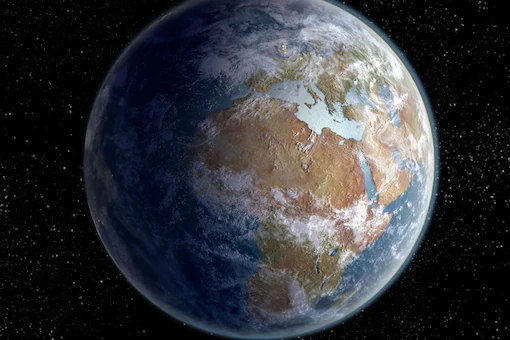Organic hydrotrioxides (ROOOH), an extremely uncommon reactive chemical, have been found for the very first time ever in the atmosphere of the Earth. This finding marks a first. This comes as a result of a recent project in which researchers from the University of Copenhagen worked along with their peers from other countries to record the creation of trioxides.
This is an oxidizing chemical molecule that has a significant impact, not only on human health but also on the climate of the whole planet. These substance form atmosphere are even more reactive than peroxides, which are compounds consisting of two oxygen atoms bonded to one another.

Professor Henrik Grum Kjaergaard from the Department of Chemistry at the University of Copenhagen was quoted in an article published by SciTech Daily as saying, “This is what we have now done. The composition of these newly identified types of chemicals is unlike anything else. In addition, given that they are highly oxidizing, it is quite probable that they carry with them a whole host of impacts that we have not yet discovered.”
In addition, the researchers have emphasized that hydrotrioxides are generated during the atmospheric degradation of various different compounds that are already well-known and have been released. In addition to this, dimethyl sulphide and isoprene are also included.
They come into being as a consequence of a reaction that takes place between two different kinds of radicals. According to the findings of experts, practically all chemical compounds will break down into hydrotrioxides when exposed to air. It is estimated that their lifetime falls between minutes and hours.
It is quite significant that we can now show, through direct observation, that these compounds actually form in the atmosphere ,” said Jing Chen, a Ph.D. student in the Department of Chemistry and the study’s second author.
Chen was quoted in a report by SciTech Daily as saying, “It’s quite significant that we can now show, through direct observation, that they are surprisingly stable and that they are formed from almost all chemical compounds.” It is time to put an end to all of the rumors and conjecture.”
In other news about the exploration of space, recent research suggested that the water that is found on the surface of the moon may be due to the presence of volcanic activity. The research, which was carried out at the University of Colorado Boulder and led by planetary scientist Andrew Wilcoski, suggests that there would have been sufficient amounts of water molecules in the ancient Moon’s volcanic outgassing for them to fall back down to the surface and form sheets of ice in permanent shadow.
In their research, the scientists point out that a possible source of water for the lunar poles is the volcanic outgassing of volatiles from the lunar interior, followed by the subsequent condensation of erupted water vapor as surface ice. This mechanism is described as the “volcanic outgassing of volatiles from the lunar interior.”
Read More : Giant Impact in Nearby Star System Strips the Atmosphere from a Planet













